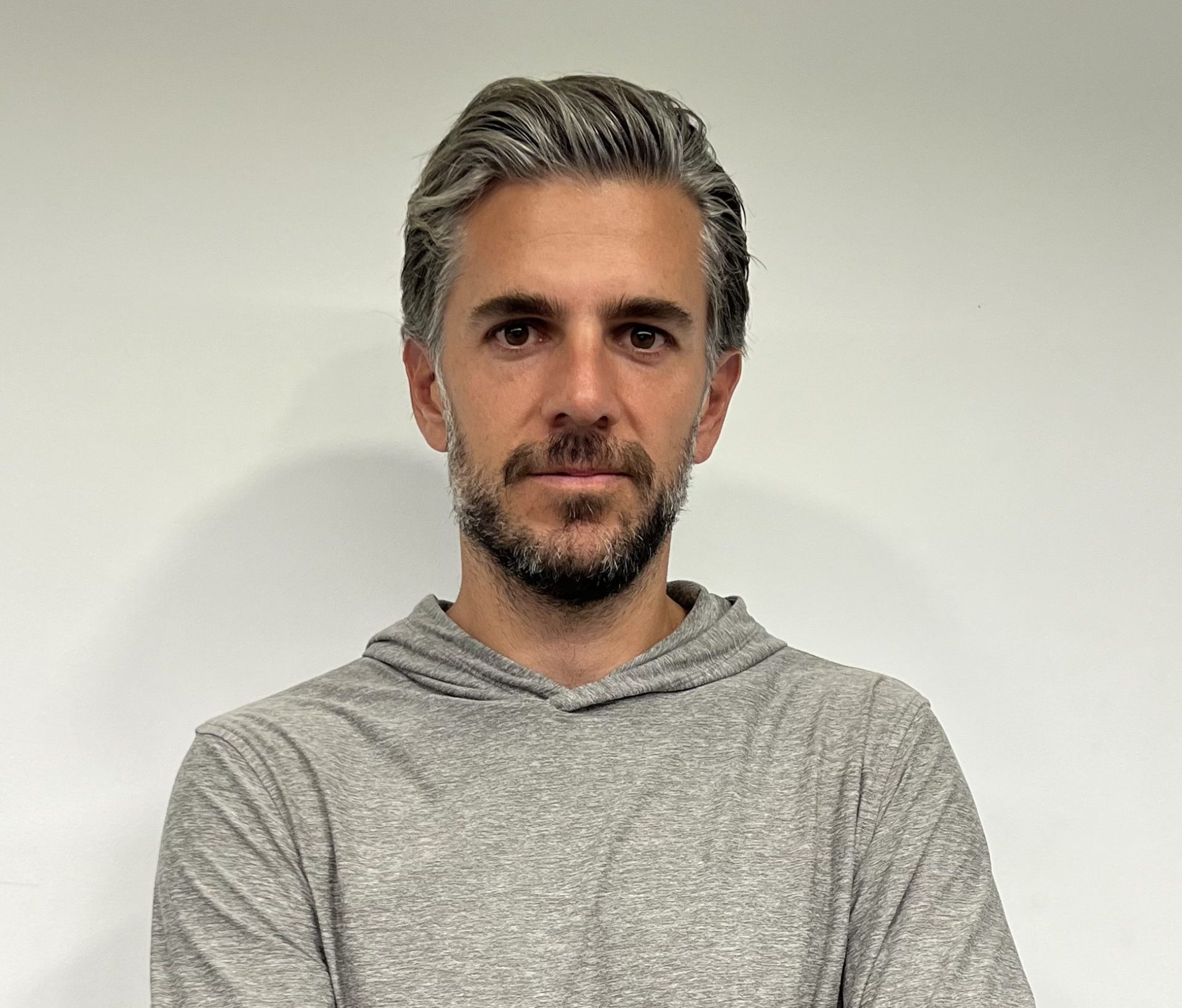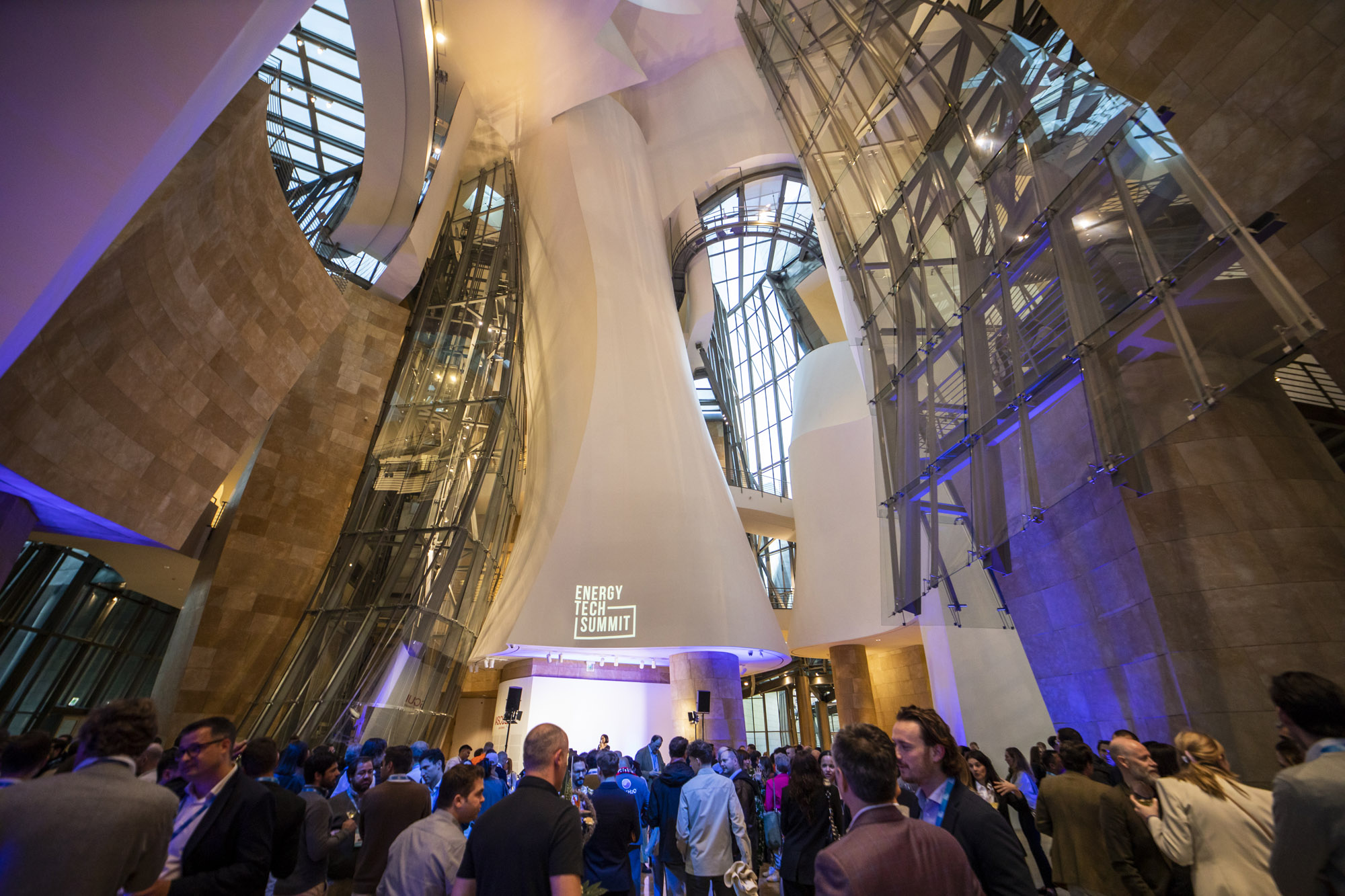Geeky holiday destinations: off to science and technology hubs
From Japan to the United States, from United Kingdom to India, today’s tourists can visit many of the places that have seen the birth or revival of some of the biggest milestones in science and technology. Under a mantra of increasingly sustainable and tech-friendly tourism, a visit to the Deutsches Museum in Munich or the Charles Darwin Research Station in the Galapagos Islands is an educational and inspirational experience for any tourist with an innovative spirit.
“The meaning of life is to cross borders”, said journalist and writer Ryszard Kapuściński in a 2006 interview with El País. Grabbing your Passport and venturing to lands unknown is not only a personally enriching experience that puts you in contact with other cultures but can also spark the power of innovation.
“Contact with scientific and technological heritage, particularly at quite an early age, can inspire the minds of the future”, says Fernando Luis Fontes Blanco, director of the Spanish National Museum of Science and Technology (MUNCYT).
Managed by the Spanish Foundation for Science and Technology (FECYT) under the Ministry of Science and Innovation, the museum is a benchmark with a collection that includes pieces like an IBM 650 computer and a Colmar calculator.
“In recent years, we’ve noticed that science and tech hasn’t developed linearly, but rather that there have been multiple simultaneous incubators”, says Xavier Roqué, professor of Science History at the Autonomous University of Barcelona and coordinator of the Bachelor’s Degree in Science, Technology and Humanities.
Today, entrepreneurs has the opportunity to draw inspiration from a list of leading innovation hubs like Tel Aviv and Silicon Valley. But there are alternative destinations where visitors can travel back through the years of history and explore those places that have seen the birth or are home to great scientific and technological milestones. Place for gazing into the past to see the discoveries of the future.
Asia, a glimpse of the past from the future
The trip kicks off in Japan, between ancient temples and high-tech districts such as the Akihabara. In Tokyo, In the capital of the land of the rising sun, you can visit the National Museum of Emerging Science and Innovation. Here you can see Asimo, the Honda robot that was released in 2000 and revolutionised the field of robotics by being able to walk while maintaining perfect balance.

Still on the Asian continent, the journey continues in China. Besides the opportunity to visit cities such as Shenzhen, which is home to the headquarters of technology companies such as Huawei, it is also possible to visit the FAST Telescope. Located in the province of Guizhou, it is the world’s largest single-dish radio telescope with a 500-metre aperture.
Astronomy enthusiasts can continue the trip in India and discover another unique enclave. In addition to visiting the halls and exhibitions of the National Science Center in New Delhi, visitors can also explore the Jantar Mantar in the city of Jaipur, a site built in the early 18th century and home to the largest sundial in the world.
Europe, an end-to-end experience
The Old Continent offers an entire selection of tours for exploring locations that have played an essential role in science and technology. In the United Kingdom, spots to mark on any scientific and technological map include centres such as the Royal Observatory in Greenwich, a must-see for its contribution to astronomy and navigation, and the Natural History Museum. There is also Bletchley Park, the place where Alan Turing worked and which proved essential in deciphering the encrypted messages of the Nazis during the World War II.
The prominent and often hidden role of women in history is showcased at Bletchley Park, highlighting the contribution that nearly 8,000 women made to the crucial turning point of the war. For a better understanding of this history, Xavier Roqué recommends a visit to the Curie Museum in Paris, the Cirey chateau and Reading two articles: ‘Mujeres y ciencia en la España de la Ilustración (Women and Science in the Spain of the Enlightenment)’, by Elena Serrano, and ‘La Polémica de los sexos en la historia de la ciencia (The Controversy of the Sexes in the History of Science)’, by Montserrat Cabré.

Another stop for a closer look at the great milestones of science and technology is the Deutsches Museum in Munich, where visitors can see Foucault’s pendulum, Faraday’s cage and exhibitions on mining, chemistry and astronomy.
This trip also includes other places where you can get a glimpse of the past, present and future of science and technology, such as the museum of inventor Nikola Tesla, in Belgrade, and the European Organization for Nuclear Research (CERN) in Switzerland, instrumental in discovering the Higgs boson.
United States, history continues
Aeronautics, astronomy and computing are the top disciplines if your destination for technological and scientific tourism is the United States.
For example, programmers and computer enthusiasts can delight in the many exhibits at California’s Computer History Museum, including the Cray-1 supercomputer, antique calculators and a Utah teapot, key to the development of computer-generated graphics. Without leaving the west coast, San Diego’s Palomar Observatory is another surprising, can’t-miss stop.

Scientific and technological fun is also guaranteed on the east coast. The route starts at the MIT Museum and continues in New Jersey, where the Holmdel Horn Antenna, where the first evidence supporting the Big Bang theory was gathered, is sure to impress. Heading south, the National Air and Space Museum in D.C., as well as the Kennedy Space Center, will be the icing on the cake of this unique technological trip.
Latin America, a new way of looking at the past and the future
Here, the main landmark is the Galapagos Islands, in Ecuador, where it is possible to visit the Charles Darwin Research Station, the father of the theory of evolution. This space includes natural history collections “with more than 100,000 specimens of plants, invertebrates, vertebrates and marine species”, according to the Charles Darwin Foundation website.
Visiting this facility will fuel any scientific and technological spirit. However, walking through the Cerro Paranal Observatory in Chile’s Atacama desert, the Kourou Spaceport in French Guiana, the botanical garden in Montevideo and the Mañana Museum in Río de Janeiro will enhance the experience even more.
Bringing hidden corners of science and technology back to life
Making a must-see stop for any lover of innovation, such as Bletchley Park, is also a good example of the many places that have been forgotten for years and are now venues for delving into the roots of some of the scientific and technological advances we enjoy today.
In fact, this park today would not be possible without the efforts of engineer Sue Black, who launched a successful social media campaign in 2008 to promote the value of the park and ensure its survival.
“There are numerous science and technology sites that could be scaled up because it’s not that they don’t exist, it’s just that they haven’t been transformed into museums, and there is a lot of ground to cover. We need to restore dignity to places where innovation has historically happened, even if they are humble places”, says Xavier Roqué, a lecturer at the Autonomous University of Barcelona.
As an example, the professor cites the Royal Seminary of Vergara (Guipúzcoa), where in 1783 the Elhuyar brothers discovered wolfram, a chemical element that would prove to be vital for industry.

In short, visiting the places that have marked a paradigm shift in our world, and taking a look back in time for a few hours through the instruments and documents they contain, can become the spark that drives the next great transformation.
Talking about innovation usually requires a view to the future, but the preservation and maintenance of the spaces that protect the past is key to moulding the most disruptive minds, as Fernando Luis Fontes, director of MUNCYT, supports. “Scientific and industrial heritage is an integral part of our cultural value”, he says, “and it is our duty to preserve and pass it down to future generations”.



